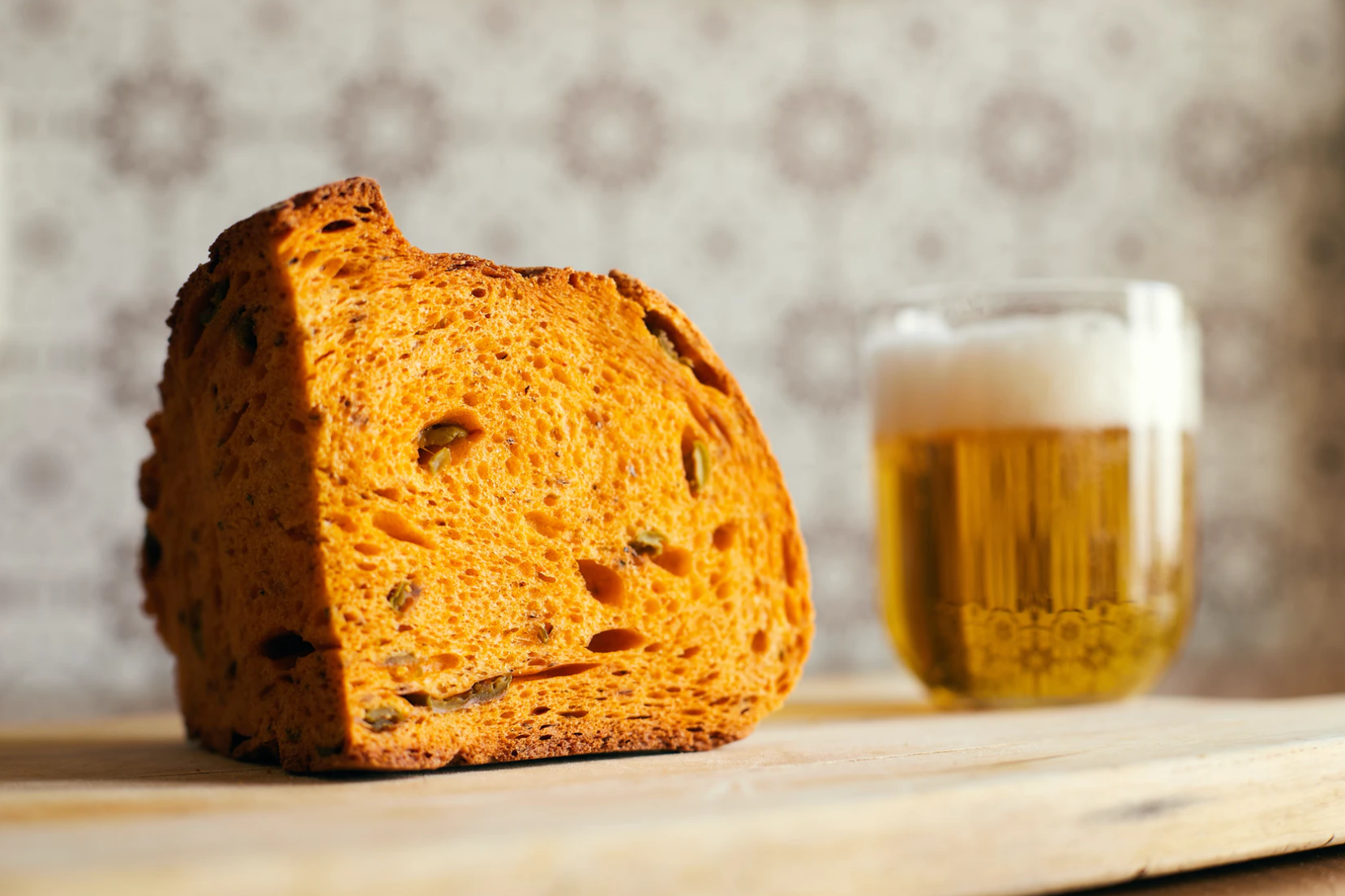How different is our DNA from one another and, say, from yeast?
DNA consists of four letters (A, T, G, and C) and it is the code of life shared by all living things. In the human genome, there are nearly 3 BILLION letters and their function is giving instructions for how to make stuff like proteins, cells, and organs. The unique sequence of our DNA is what differentiates us from one another, and from other organisms. But, how unique is DNA really? Let’s take a look at a few fascinating findings from science to answer this question.
Genome analyses show that 99.9% of the DNA is identical between any two individuals. The remaining 0.1% is enough to make us different from the rest of the mankind. This high of a genetic commonality may be not surprizing since we are all humans at the end of the day. But, I think you would be humbled to hear that our genome is 99% identical to chimpanzees! 1
How would things look like if we compared our genome with the mouse genome? This is an interesting question, because mouse is a commonly used organism to study human diseases and test new treatments. In fact, many of the many cancer treatments were investigated in mice first before eventually getting approved for human use.
A cool way of looking at the similarity between mouse and human genome is examining the chromosomes. The chromosome is just compacted DNA which is neatly wrapped around proteins. It is a required structure for distributing genetic material properly during cell division. If you could paint mouse chromosomes and see where they map in the human genome, it would look like this: 2
You can see the chunks are conserved in human genome but they look somewhat shuffled around. Overall 85% of the mouse and human genes were found to be similar. In the figure above, take a closer look at human chromosome 17 (corresponding to mouse chromosome 11). The colors are pretty much the same! If we zoom into these two chromosomes and see how the sequence landmarks relate to one another (which shows even the order is conserved for the most part):
Here is the last mind-blowing bit… In addition to mice, scientists also use baker’s yeast extensively in the lab (not for making beer or bread, mind you). This is because yeast has a surprisingly similar cellular machinery to humans. A study published in Science reported that 47% of the essential yeast genes can be replaced with human versions, and yeast would continue living! The authors found that both DNA sequence identity and the overall similarity in the cellular processes between yeast and humans allow this awesome genetic copy-paste. Think about that next time eating bread and drinking beer!
Back to topFootnotes
Waterson RH et al. “Initial sequence of the chimpanzee genome and comparison with the human genome”. Nature (2005)↩︎
Sinha AU et al. “Cinteny: flexible analysis and visualization of synteny and genome rearrangements in multiple organisms”. BMC Bionformatics (2007)↩︎




